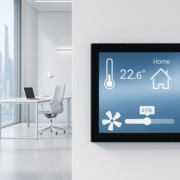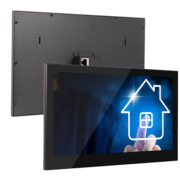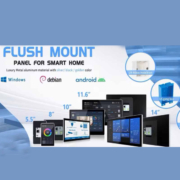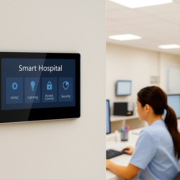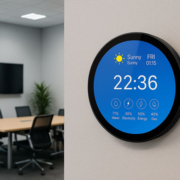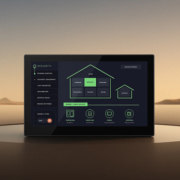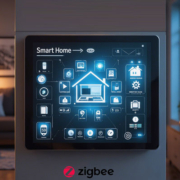Smart Home Automation Explained: What It Is and How It Works
In the age of intelligent living, smart home automation has rapidly transformed the way we interact with our living spaces. From turning on lights with a voice command to automatically adjusting the thermostat when you leave home, automation makes life more convenient, efficient, and secure. But what exactly is smart home automation, and how does it work?
What Is Smart Home Automation?
Smart home automation is the use of connected devices and technologies to automatically control and manage various household functions—such as lighting, climate, security, entertainment, and appliances—without manual intervention.
Instead of performing repetitive tasks manually, automation systems use predefined rules, sensors, schedules, or user behaviors to carry out those actions automatically. These systems can be controlled through:
- Smartphone or tablet apps
- Voice assistants (e.g., Alexa, Google Assistant)
- Wall-mounted control panels (e.g., Portworld’s smart home panels)
- Web dashboards or remote access platforms
How Does Smart Home Automation Work?
Smart home automation relies on a network of smart devices, communication protocols, and control systems that work together. Here’s a breakdown of how it works:
1. Smart Devices and Sensors
These include smart lights, thermostats, motion detectors, door locks, blinds, cameras, and more. Each device connects to the internet (or a local hub) and can send and receive data.
2. Connectivity and Communication
Smart devices communicate using protocols such as:
- Wi-Fi: Common for easy setup and direct internet connection
- Bluetooth: Short-range device pairing
- Zigbee / Z-Wave: Low-power mesh networks, ideal for multi-device environments
- Ethernet (PoE): Used for stable and wired connections in smart control panels like Portworld YC-SM10P
3. Control Hub or Panel
A central hub or smart control panel ties all devices together and provides a user interface to manage them. Portworld’s Android-powered panels (e.g., YC-SM08M or YC-SM55P) act as intelligent dashboards to:
- Control lights, curtains, HVAC, music, and security
- Run apps like Smart Life or Tuya
- Enable local or remote automation
- Trigger scenes and routines
- Display real-time device statuses
4. Automation Logic
Automation works through predefined rules or AI-based learning, such as:
- Schedules: Turn on porch lights at 6 PM
- Triggers: If motion is detected, turn on hallway light
- Scenes: “Movie Mode” dims lights, closes blinds, and starts the TV
- Geofencing: Automatically lock the door when you leave a set area
- Sensors: Adjust temperature based on humidity or room occupancy
Real-World Examples of Smart Home Automation
- Morning Routine: Curtains open at 7:00 AM, the lights gradually brighten, and your coffee maker turns on automatically.
- Leaving Home: The system locks all doors, turns off lights and appliances, and lowers the thermostat to energy-saving mode.
- Security Automation: If a camera detects motion at night, floodlights turn on and you receive a mobile alert instantly.
- Voice Control: Say “Good night” to trigger a scene that locks doors, shuts off lights, and plays relaxing music.

